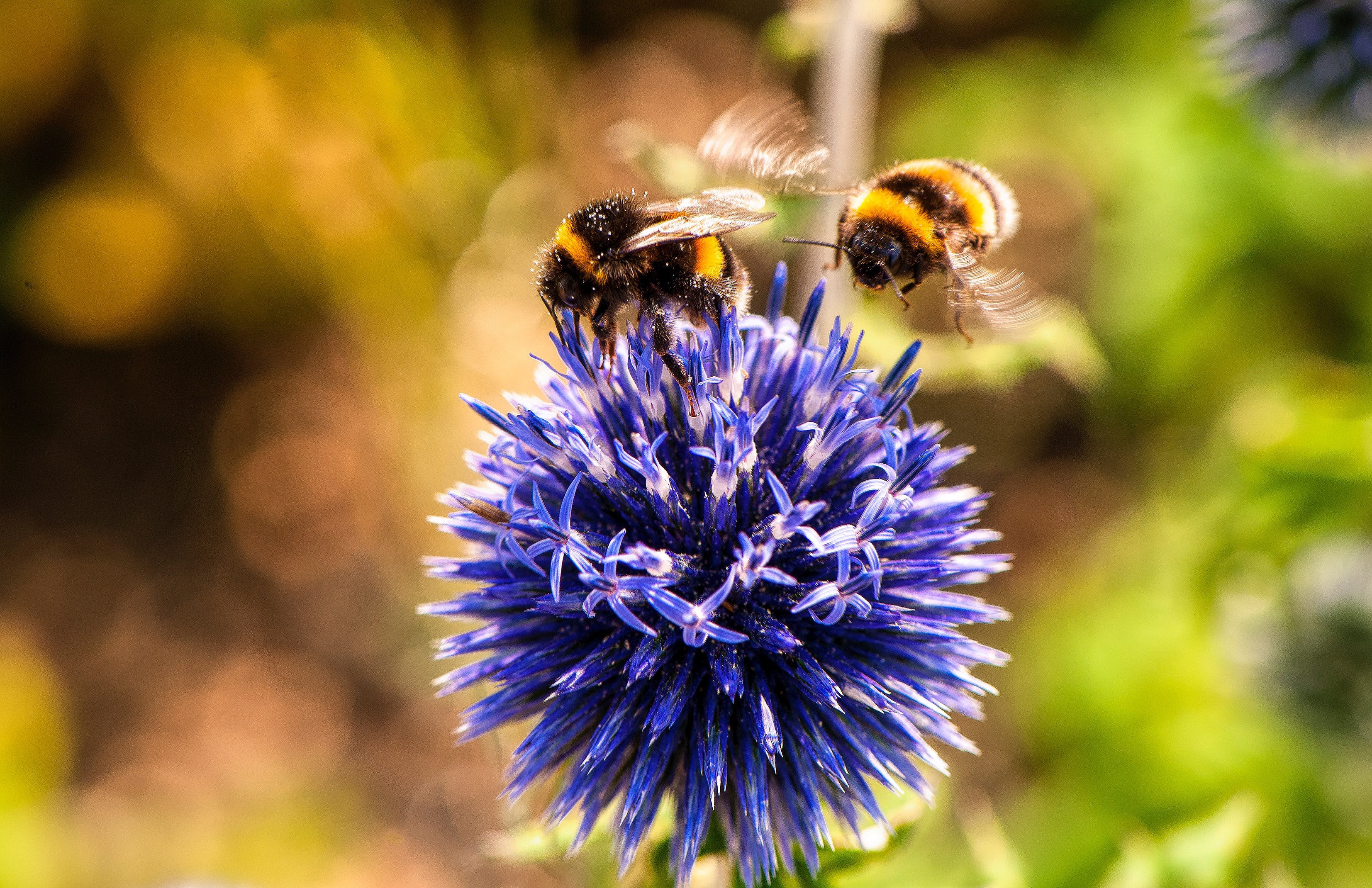General News 19 June 2023
Advice from The Helix on bees
It's that time of year again when bees become active and here at The Helix, we receive requests for advice on how to manage or remove nests. The removal of nests isn't something we offer however we have pulled together some information which we hope you will find helpful.
If you are seeing 10-20 bees, these are very likely bumblebees or masonry bees. Both are super docile and masonry bees have no sting, and apparently you can take hedge trimmers to a bush full of bumblebees and they will not bother you (accidental experience with that by one of the people in the office who didn't see them until 20 mins in!)
All species of bee are extremely endangered, mainly because of the poor habitat availability across the urban/suburban environment, and peoples gardens offer limited options for nesting, therefore causing a conflict of usage.
Beekeepers can only go out to people with swarms of bees – however a swarm consists of thousands of bees, clustered together, hanging from a tree or other elevated position.
Anything else is likely to be bumblebees, masonry bees or solitary bees, and as previously stated, all of these are extremely docile, are not dangerous, are not pests, and cannot be relocated.
Bees will only be in their nests until September, and when it's empty it will breakdown naturally, and you can take steps to block up the area if you wish.
Due to how endangered bees are, we would strongly urge you not to kill bees and not to call pest control companies out to exterminate them unless it is absolutely necessary.
Should you require any further information or advice, please visit the Scottish Beekeepers Association website at https://scottishbeekeepers.org.uk, or alternatively, Dunblane and Stirling Beekeepers for more local help at https://dunblanebeekeepers.com.


